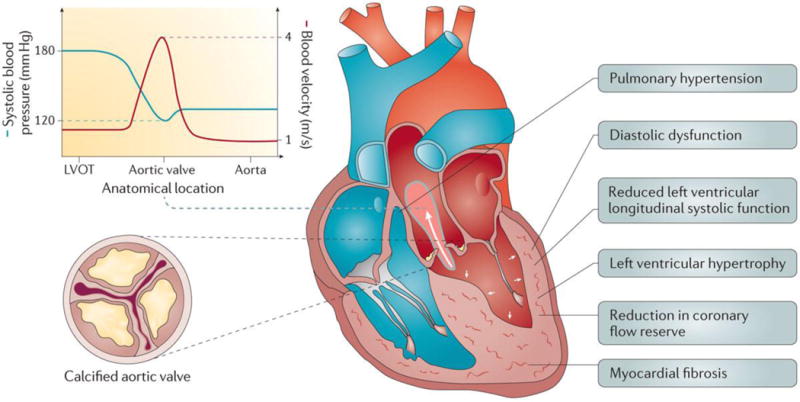Figure 5. Maladaptive remodelling and impaired function of the left ventricle in response to pressure overload from AS.

The narrowing of the aortic valve orifice causes an acceleration of the blood flow velocity with a concomitant decrease in systolic blood pressure between the left ventricular (LV) outflow tract (LVOT) and the aorta. The increased LV pressure imposed by AS results in LV hypertrophy (augmentation of the LV myocardial mass), reduced coronary flow reserve, myocardial fibrosis, diastolic dysfunction and decreased longitudinal systolic shortening, although the ejection fraction remains normal in most patients. Left atrial enlargement is common owing to elevated LV filling pressures. The latter often leads to secondary pulmonary hypertension and right ventricular dysfunction in the more advanced stages of the disease.
